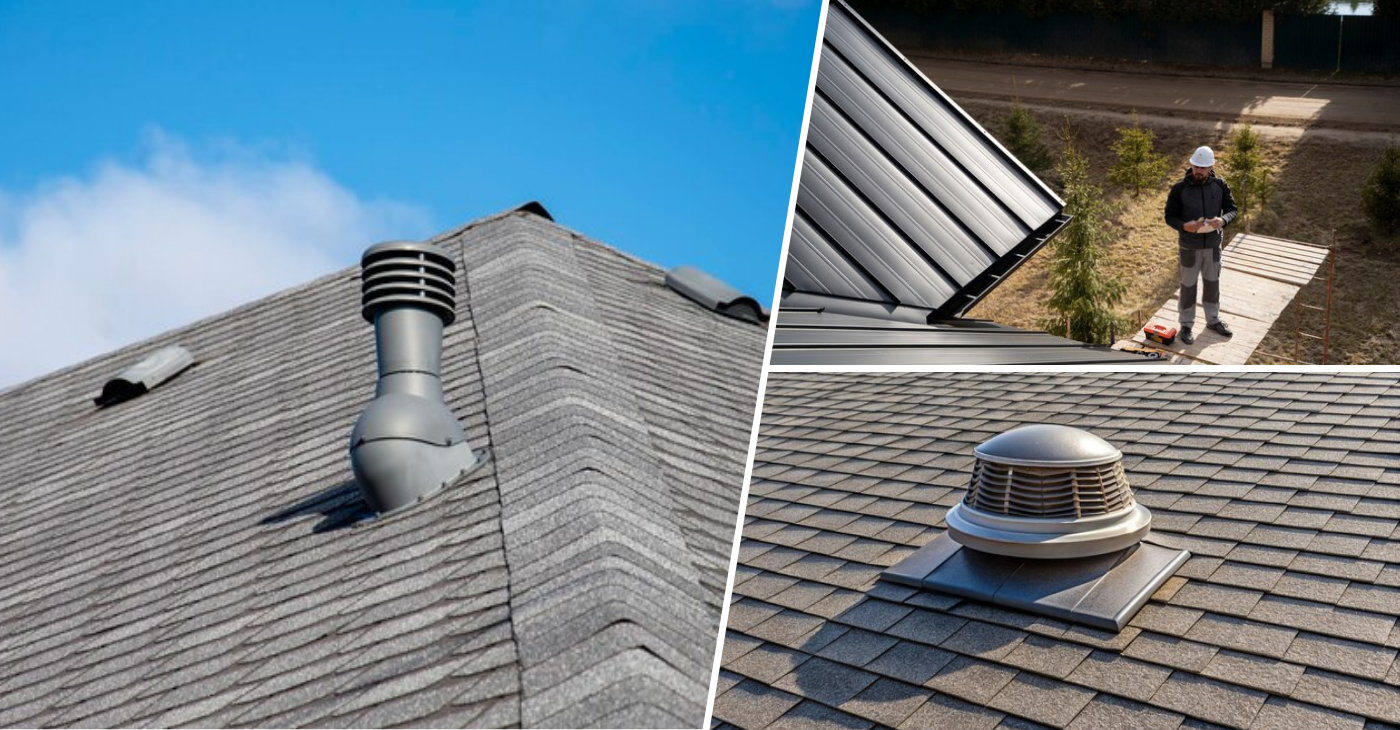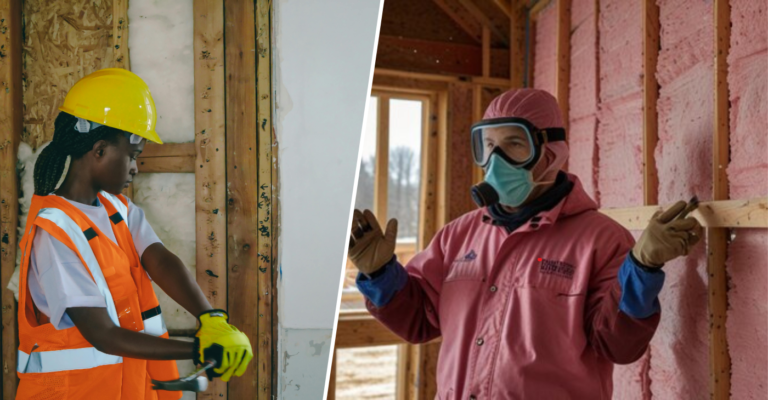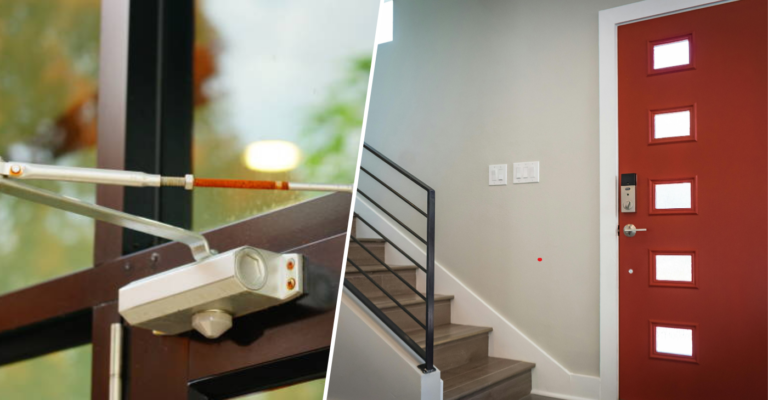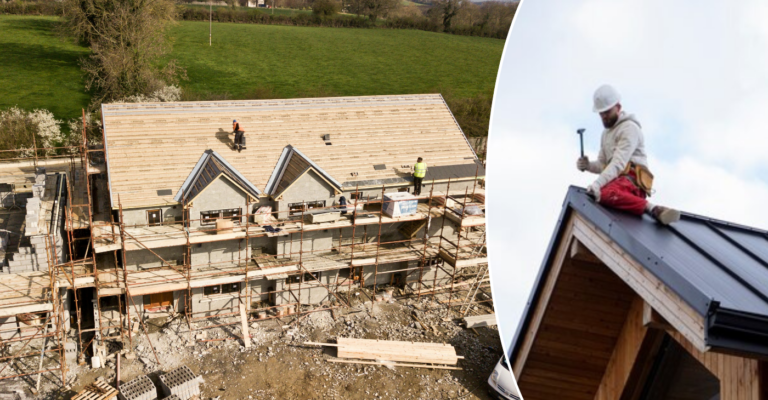Guide: Roof tile vents installation and costs consideration
Roof tile vents are essential for efficient roof ventilation. They regulate attic temperatures, reduce moisture, and ensure long-term roof health. If you’re planning to add or replace roof tile vents, understanding the costs and steps involved is crucial. This guide outlines the key factors affecting the cost of installation, along with a step-by-step process and useful tools like a roof tile vent calculator.
What are roof tile vents?
Roof tile vents are special tiles that help air move through your roof. They stop heat and moisture from building up in the attic or loft. This helps protect the roof from damage. These vents look like regular roof tiles, so they blend in. They let hot air escape in the summer and prevent moisture in colder weather.
This keeps your roof in good shape and prevents mould or dampness. Roof tile vents are often used on sloped roofs. You can add them to a new roof or install them later. They are also good for areas like bathrooms that need extra ventilation.
Key factors affecting installation costs
Several factors affect the total cost of installing roof tile vents. These include the type of vent, labour charges, roof complexity, and any additional repairs that may be needed.
- Vent type: Roof tile vents come in various types such as in-line vents, ridge vents, or solar-powered vents. In-line vents blend seamlessly with most roof designs but can be more expensive. The type of vent you choose will affect the cost, ranging from £250 to £600 for standard installations. Special models like solar vents may go up to £500 per unit.
- Labour costs: Labor fees can vary based on location and roof complexity. Most roofers charge between £45 to £100 per hour, with total installation labour costs falling between £200 and £600. Roof complexity, slope, and height can significantly affect labour time and cost.
- Roof design: The pitch, complexity, and material of your roof influence the installation time. Steeper, more intricate roofs take longer to work on and may require additional safety measures, increasing labour costs.
- Material choice: Higher-end materials like slate tiles or premium concrete will add to the cost. Concrete interlocking tiles are more affordable but the material you select impacts both labour and overall expense.
Cost breakdown for installation
- Material costs: Basic roof tile vents typically cost between £50 to £150 per unit. Special designs or larger vents, particularly for complex roofs, may cost up to £500.
- Installation costs: For a standard installation of four vents, including labour, expect to pay between £350 and £650. However, on large or multi-story homes, costs can rise to £1,000 or more.
- Roof repairs: If the roof needs repairs, such as replacing damaged tiles or addressing leaks, this may add between £150 and £1,000 to the total cost.

Step-by-step installation process
Installing roof tile vents involves several steps that require accuracy. Each step must be done carefully to ensure proper ventilation and maintain the roof’s integrity.
- Inspection and planning: Begin by inspecting the attic for any pre-existing damage like mold or leaks. Plan where the vents will be installed to ensure optimal airflow and efficiency.
- Removing roof tiles: Carefully remove the tiles where the vent will go. Use a pry bar and take care not to damage surrounding tiles. Any broken tiles will need to be replaced, adding to the cost.
- Cutting the opening: Mark the area on the roof decking where the vent will be placed. Use a jigsaw to cut the opening. Ensure there are no structural elements in the way.
- Installing the vent: Position the vent in place, ensuring it passes through the underlay to avoid moisture issues. Secure it with roofing nails, then apply a weatherproof sealant around the edges to prevent leaks.
- Replacing roof tiles: After securing the vent, replace the surrounding tiles to ensure a uniform look and fit. Misaligned tiles can lead to water damage and leaks.
- Final inspection and sealing: Inspect the entire area for gaps or weak spots. Use caulk to seal any remaining gaps. Test the ventilation system to ensure everything is functioning properly.
Roof tile vent calculator
A roof tile vent calculator can save you time and ensure you buy the right amount of vents for your project. It helps prevent under-purchasing or over-buying materials. Using a roof tile vent calculator helps estimate how many vents your project requires. Here’s how it works:
First, measure the roof area by calculating the length and width of each section of the roof. Multiply these to get the total surface area. If your roof has multiple sections, calculate each and add them together. Next, enter the roof pitch, which is the slope or angle of the roof. Steeper roofs need more tiles, so this ensures the calculation is correct.
Then, select the tile type you’re using. Different tiles have different sizes and overlap needs, so the calculator will adjust based on your choice. Finally, add a wastage factor of 5-10% to account for mistakes or tiles that may break. This ensures you have enough materials for the entire project.
Additional cost considerations
When installing roof tile vents, there are several additional considerations to keep in mind. In some areas, you may need a permit for roof modifications, with fees typically ranging from £50 to £250 depending on local regulations. Deciding between DIY and professional installation is also important. While doing it yourself may save on initial costs, hiring a professional reduces the risk of mistakes such as water damage, poor ventilation, or costly repairs down the road. After installation, regular maintenance is crucial. This includes checking for debris, cracks, or blockages, especially following storms, to extend the lifespan of both the vent and the roof.
Long-term benefits of roof tile vents
Roof tile vents offer several long-term benefits for your home. They help regulate attic temperatures, reduce energy costs, and prevent moisture buildup. It protects the roof from damage and extends its lifespan.
- Energy efficiency: Vents help regulate attic temperatures, reducing the need for heating and cooling. This leads to lower energy bills.
- Moisture control: Roof tile vents prevent moisture buildup, reducing the risk of mould, mildew, and structural damage.
- Extended roof life: Proper ventilation prevents heat and moisture from deteriorating roof materials, extending the life of both the tiles and the underlay.
Conclusion
Roof tile vent installation is essential for keeping your roof in good condition and ensuring proper ventilation. The cost ranges from £350 to £1,000 depending on roof complexity, material choice, and labour. Hiring a professional ensures the job is done right, preventing long-term issues like leaks and poor ventilation. Using a roof tile vent calculator can help estimate the number of vents needed, making the process smoother and more cost-effective. Proper planning and regular maintenance will help you get the most out of your investment.







